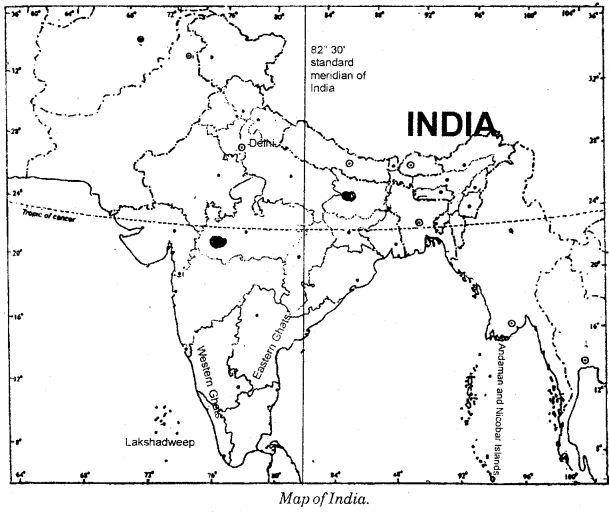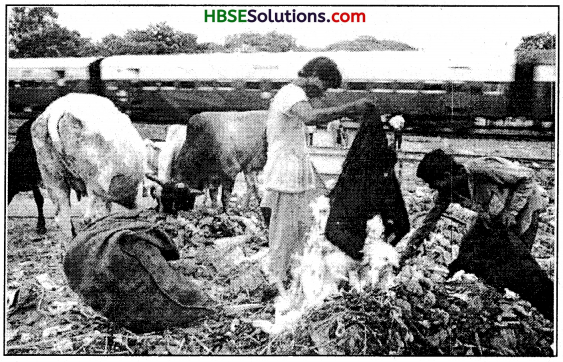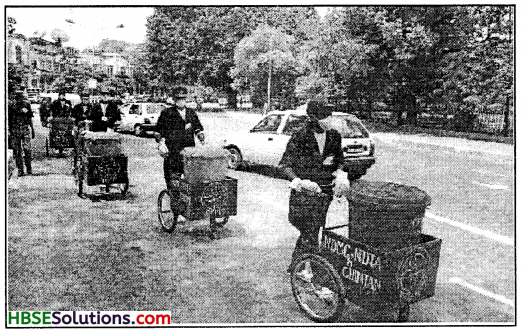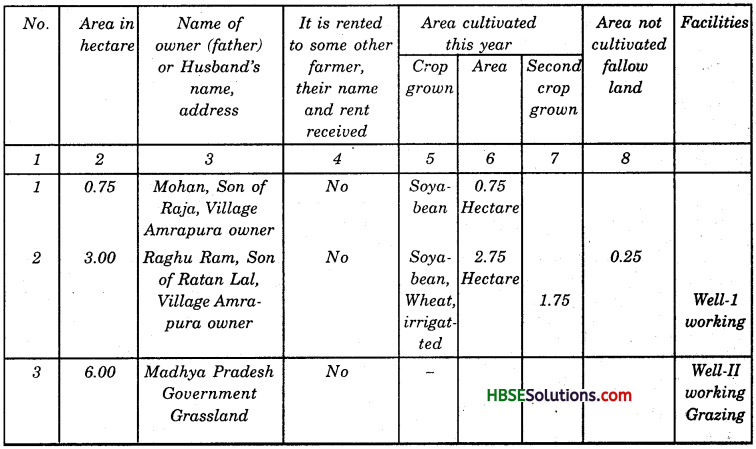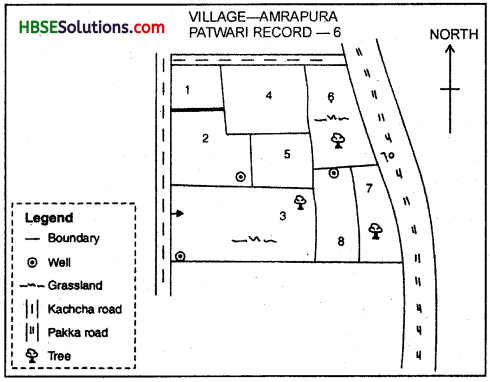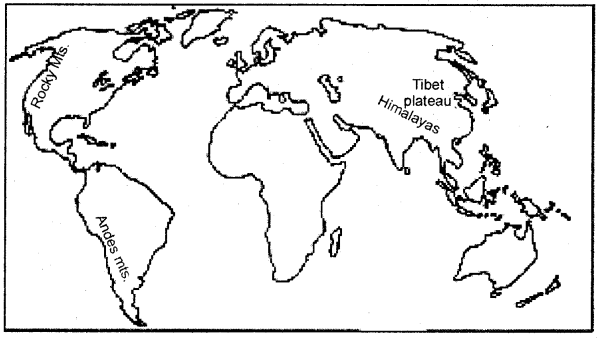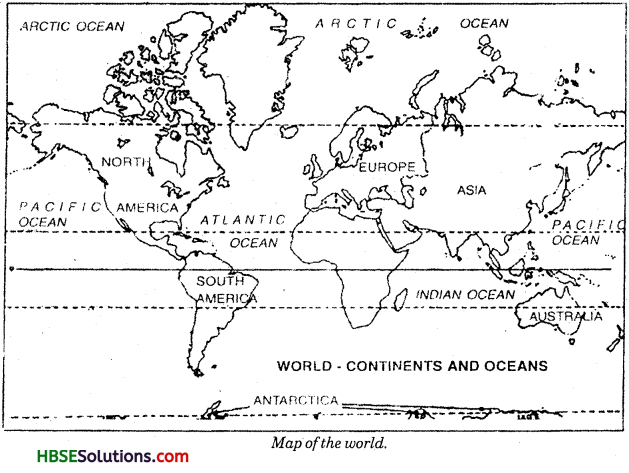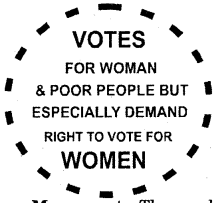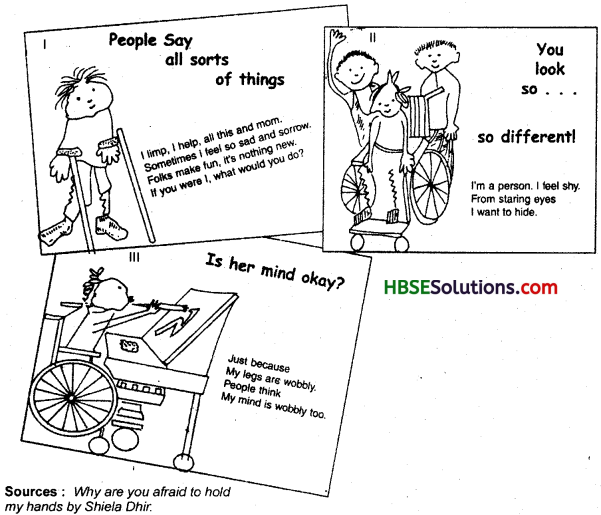HBSE 6th Class Social Science Solutions Geography Chapter 8 India: Climate Vegetation and Wildlife
Haryana State Board HBSE 6th Class Social Science Solutions Geography Chapter 8 India: Climate Vegetation and Wildlife Textbook Exercise Questions and Answers.
HBSE 6th Class Social Science Solutions Geography Chapter 8 India: Climate Vegetation and Wildlife
HBSE 6th Class Geography India: Climate Vegetation and Wildlife Textbook Questions and Answers
Question 1.
Answer the following questions briefly:
(а) Which winds bring rainfall in India? Why is it so important?
Answer:
South-west Monsoon winds bring rainfall to India. It is so important because agriculture mainly depends upon this rainfall.
(b) Name the different seasons in India.
Answer:
Different seasons:
- Cold weather (winter) season.
- Hot weather (summer) season.
- South west monsoon (rainy) season.
- Season of retreating monsoon.
(c) What is natural vegetation?
Answer:
Grasses, shrubs and trees which grow on their own without any interference or help from mankind constitute natural vegetation.
(d) What are different types of natural vegetation found in India?
Answer:
Different types of natural vegetation found in India are:
- Tropical Rain Forests
- Tropical Deciduous Forests
- Thorny Bushes
- Mountain Vegetation
![]()
(e) Differentiate between Evergreen Forests and Deciduous Forests.
Answer:
| Evergreen Forests | Deciduous Forests |
| (i) Evergreen forests occur in the areas of heavy rainfall. | (i) Deciduous forests occur in a large part of our country. |
| (ii) They always appear green as they shed their leaves at different times of the year. | (ii) They shed their leaves at a particular time of the year. |
| (iii) These forests are called tropical rain forests. | (iii) These forests are also called monsoon forests. |
| (iv) Important trees are mahogany, ebony rosewood. | (iv) Important trees are sal, teak, peepal, neem and sheesham. |
| (v) Main areas where they are found in India are: Andaman and Nicobar Islands, parts of North eastern states and a narrow strips of western, slope of the western ghats. | (v) They are found in Madhya Pradesh, Uttar Pradesh, Bihar, Jharkhand, Chhattisgarh, Odisha. |
(i) Tropical rainforest is also called evergreen forest because many species of trees are shed their leaves at different times of the year. Therefore, they always appear green and are called evergreen forest.
Question 2.
Tick the correct answer :
(а) The world’s highest rainfall occurs in :
(i) Mumbai
(ii) Asansol
(iii) Mawsynram
Answer:
(iii) Mawsynram
(b) Mangrove forests can thrive in :
(i) Saline water
(ii) Fresh water
(iii) Polluted water
Answer:
(i) Saline water
(c) Mahogany and rosewood trees are found in:
(i) Mangrove forests
(ii) Tropical deciduous forests
(iii) Tropical evergreei, forests
Answer:
(iii) Tropical evergreei, forests
![]()
(d) Wild goat and snow leopards are found in :
(i) Himalayan region
(ii) Peninsular region
(iii) Gir forests
Answer:
(i) Himalayan region
(e) During the south west monsoon period the moisture laden winds blow from:
(i) Land to sea
(ii) Sea to land
(iii) Plateau to plains
Answer:
(ii) Sea to land
Question 3.
Fill in the blanks :
- Hot and dry winds known as ________ blow during the day in the summers.
- The state of Andhra Pradesh and Tamil Nadu receive a great amount of rainfall during the season of ________.
- ________ forests in Gujarat is the house of ________
- ________ is a well known species of mangrove forests.
- ________ are also called monsoon forests.
Answer:
- LOO or heat wave
- winter
- Gir, Hons
- Sundari
- Tropical Deciduous forests.
FOR FUN
- Make a list of trees in your surrounding and collect the pictures of plants, animals, birds and paste them in your copy.
- Plant a sapling near your home, nurture it and write down the changes you observe for a few months.
- Does any migratory bird come in your locality? Try to identify that, be watchful in winter season.
- Visit a zoo in your city or visit a nearby forest or sanctuary with your elders. Watch various types of wildlife there.
HBSE 6th Class Geography India: Climate Vegetation and Wildlife Important Questions and Answers
Very Short Answer Type Questions
Question 1.
What is the duration of cold weather season?
Answer:
The duration of winter season is from December to February.
Question 2.
Why are the temperatures quite low in northern India in winter?
Answer:
The temperatures are quite low in northern India in winter because the sun rays do not fall directly in the region.
Question 3.
What is loo?
Answer:
Hot and dry winds are called loo.
![]()
Question 4.
Why is most of the rain in India is brought by monsoon winds?
Answer:
Most of the rain in India is brought by monsoon winds because India is located in the tropical region.
Short Answer Type Questions
Question 1.
What type of forests are found in the Himalayas?
Answer:
Different types of forests are found in the Himalayas according to the altitude. The foot hills of the Himalayas are covered with sal. This is followed by evergreen forests, oaks, chestnuts and pine trees.
Question 2.
Write the characteristics of deciduous forests.
Answer:
The deciduous forests are also called broad-leaved forests. These forests shed their leaves in a particular time of a year. These trees are not tall. These forests are found in the areas of 100-200 cm rainfall.
Question 3.
Name four belts of vegetation found in India.
Answer:
The four major belts of vegetation are:
- Tropical rain forests
- Tropical deciduous forests
- Desert type of vegetation or thorn forests
- Mountainous vegetation or Himalayan forests.
Question 4.
Where do dry thorn forests occur?
Answer:
The dry thorn forests occur where very scanty rainfall, i.e, less than 50 cms is found. These areas are the arid regions of Rajasthan, Gujarat, Punjab and Haryana.
Long Answer Type Questions
Question 1.
Describe the main features of wildlife of India.
Answer:
The main features of wildlife of India are :
(a) There are thousands of species of animals and a large variety of reptiles, amphibians, mammals, birds, insects and worms which live in the forest.
(b) The tiger is our national animal.
(c) Different animals are found in different areas as per list below:
- Gir forest in Gujarat – Asiatic Lions
- Assam – Elephants and one homed rhinocerous.
- Great Indian Desert – Camels
- Rann of Kuchchh – Wild Assets.
- Himalayan Region – Wild goats, snow leopards, bears.
(d) The peacock is our national bird.
(e) Other common birds are parrots, pigeons, mynah, geese, bulbul, ducks.
![]()
Question 2.
How are forests important for us?
Answer:
Forests are important for us because :
- Plants release oxygen that we breathe and absorb carbon dioxide.
- The roots of the plants bind the soil, thus, they control soil erosion.
- Forests provide us with timber for furniture, fuel, wood, fodder, medicinal plants and herbs, lac, honey, gum, etc.
- Forests are the natural habitat of wildlife.
India: Climate Vegetation and Wildlife Class 6 HBSE Notes
- Weather : Weather is about day to day changes in the atmosphere. It includes changes in temperature, rainfall and sunshine etc.
- Loo : It is a hot and dry wind that blows during, the day in Summer.
- Climate : Climate is the average weather condition which have been measured over many years.
- Monsoon : The word monsoon has been taken from the Arabic word ‘mausim’ which means seasons.
- Wildlife : All the wild animals and birds found in the forests, national parks and sanctuaries.
- Van Mahotsav : It is a special programme organized from time to time to promote people for planting more and more trees.
- Natural vegetation : The grasses, shrubs and trees that grow on their own without human interference or help are known as natural vegetation.
- Migratory birds : Birds that migrate to our country in the winter season every year. They arrive in December and stay till early March.
